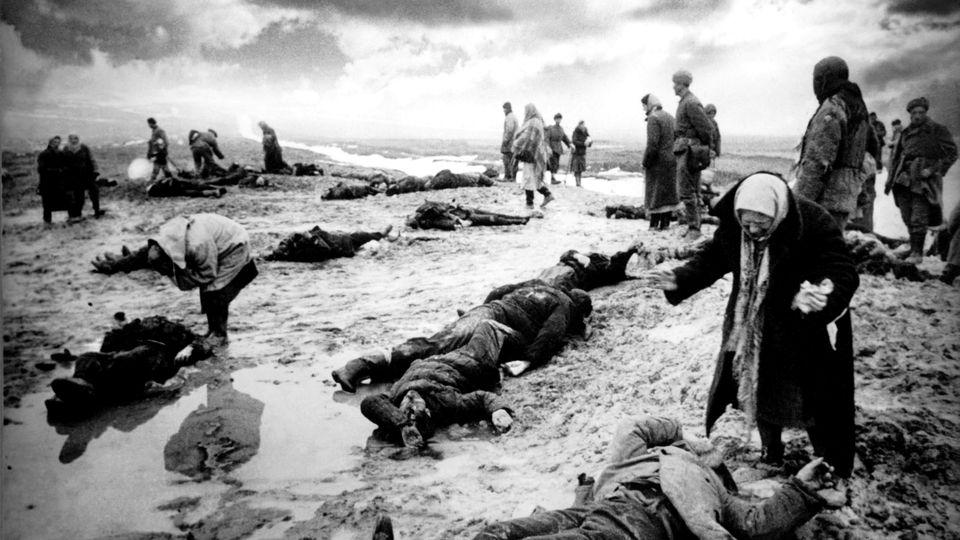On August 15, 1945, the world stood at the threshold of a new era as news of Japan’s surrender brought World War II to a historic close. At The National WWII Museum in New Orleans, the significance of this day is vividly brought to life, offering visitors an immersive glimpse into the final moments of a global conflict that reshaped history. This article explores the Museum’s unique portrayal of V-J Day-Victory over Japan Day-and how it captures the emotions, events, and legacy of the war’s end.
Exploring the National WWII Museum’s End of World War II Exhibits Immersive Storytelling Brings History to Life
Walking through the National WWII Museum’s End of World War II exhibits is like stepping back in time, where immersive storytelling techniques seamlessly blend artifacts, multimedia, and personal accounts. Visitors are enveloped in the pivotal moments leading to Japan’s surrender, including vivid recreations of the Pacific theater and the home front’s response to the war’s conclusion. The exhibits feature interactive maps, authentic wartime letters, and oral histories that give voice to the soldiers and civilians who shaped this historic period. This dynamic presentation not only engages the senses but also provides a deep emotional connection to the sacrifices and triumphs that marked the end of global conflict.
Highlights include engaging displays such as:
- “Countdown to Victory”-a timeline tracing critical decisions and battles in the war’s final year
- Personal Artifacts-uniforms, medals, and memorabilia that tell individual stories
- Audio Stations-reliving iconic speeches and firsthand testimonies
The museum’s use of audiovisual elements fosters a multi-layered experience, appealing equally to history enthusiasts and casual visitors. Below is a snapshot of exhibit features that elevate understanding and appreciation:
| Exhibit Element | Experience Type | Impact |
|---|---|---|
| Projection Mapping | Visual/Spatial | Brings maps and battle scenes to life |
| Personal Testimonies | Audio/Emotional | Conveys the human element of conflict |
| Artifact Displays | Tactile/Visual | Offers tangible links to history |
Behind the Scenes Insights From Museum Curators on Preserving WWII Legacy
At the heart of preserving the legacy of World War II lies a meticulous process guided by dedicated museum curators who balance storytelling with historical accuracy. These experts meticulously handle artifacts – ranging from weathered uniforms to personal letters – ensuring each item tells a vivid narrative without losing its authenticity. Preservation techniques involve climate-controlled displays, advanced restoration methods, and continuous research to authenticate every piece’s origin. This commitment helps visitors connect emotionally with the past, transforming static exhibits into immersive experiences that evoke the resilience and sacrifice of the era.
Behind the scenes, curators collaborate with veterans, historians, and conservators to deepen the understanding of the war’s multifaceted impacts. Their work extends beyond the gallery walls as they engage in initiatives such as:
- Oral history projects capturing firsthand accounts
- Educational programs aligned with school curricula
- Digitization of fragile documents for global access
These efforts create a living archive, dynamically preserving history while ensuring that future generations inherit a profound respect for the sacrifices made during the conflict.
| Artifact Type | Preservation Method | Significance |
|---|---|---|
| M1 Garand Rifle | Controlled humidity & handling protocols | Symbol of frontline infantry combat |
| Soldier’s Journal | Digitization & acid-free storage | Personal insights into daily wartime life |
| Uniform & Medals | Light filtered cases & fabric conservation | Commemorates individual valor and identity |
Visitor Tips for Navigating the Museum and Making the Most of Your Experience
To fully immerse yourself in the rich history and emotional depth of the National WWII Museum, consider arriving early to avoid the midday crowds. Prioritize must-see exhibits like the Campaigns of Courage and the Road to Berlin galleries, where powerful artifacts and personal stories come to life. Don’t miss the interactive oral histories and restored vehicles, which provide a poignant connection to the past. Wearing comfortable shoes is a must, as the museum spans multiple buildings and floors, demanding a fair amount of walking. Be sure to download the museum’s app or pick up a map at the entrance to plan your route efficiently and catch daily special presentations or film screenings.
Refresh and refuel at the on-site restaurant, which offers hearty options perfect for a quick midday break before diving back into the exhibits. For families or history buffs, schedule time to explore the immersive Liberty Theatre shows that dramatize critical events of the war. If you’re looking to bring home a piece of history, the museum store offers unique memorabilia and books. Consider the following quick checklist to enhance your visit:
- Plan your day: Allocate 3-4 hours for a comprehensive experience.
- Use timed tickets: To avoid long lines, especially on weekends.
- Engage with veterans: Check for veteran talk schedules.
- Photography tips: Respect signage; flash photography is often prohibited.
- Accessibility: Wheelchair rentals and accessible routes are available.
The Conclusion
As we reflect on the significance of the end of World War II through the lens of the National WWII Museum in New Orleans, it becomes clear that remembering this pivotal moment is essential to understanding both our past and our future. The museum not only preserves the legacy of those who fought and sacrificed but also offers visitors a profound opportunity to engage with history firsthand. In commemorating Victory in Europe and the Pacific, we honor the resilience and courage that shaped the modern world-reminding us all of the enduring importance of peace and unity.
